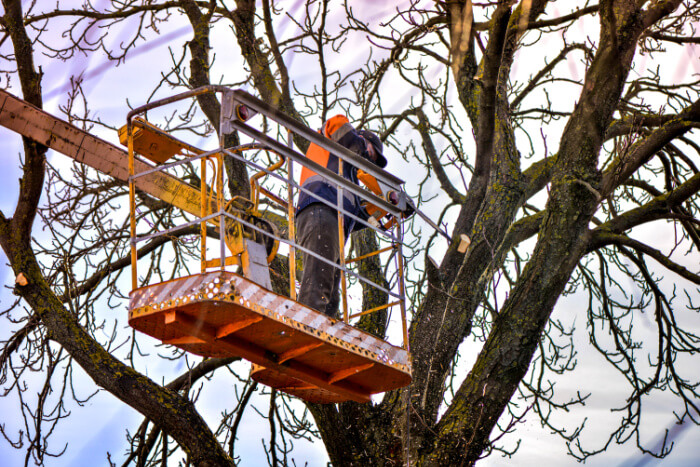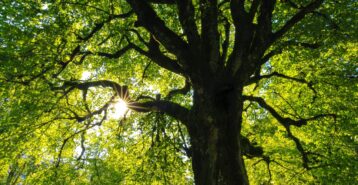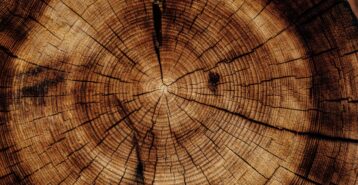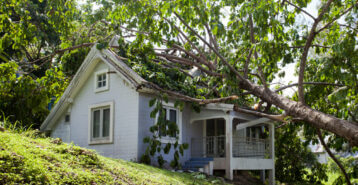Regular tree trimming is essential for maintaining the health, safety, and appearance of your trees. But how much should you expect to pay for this service? Knowing the average costs, the factors that affect pricing, and the benefits of professional trimming can help you budget and make informed decisions.
Types of Tree Trimming
Before you grab your phone and begin searching for professional tree trimming services, it helps to know a bit about the trimming process. There are different types of tree pruning, and each results in a different outcome. The type of trees you have on your property, as well as your desired outcome, will affect the amount of work required to complete the job and your total tree trimming costs.
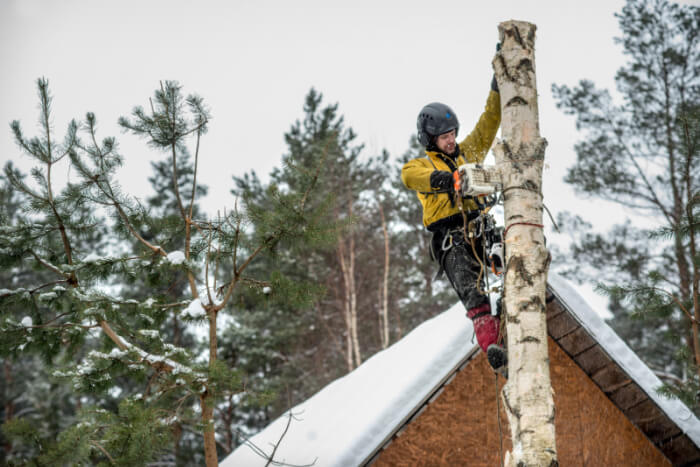
Here’s a look at three different types of tree trimming:
Fine Pruning: Enhancing Aesthetic and Health
Fine pruning is a light trimming technique aimed at shaping the tree for an aesthetically pleasing appearance while promoting overall health. During fine pruning, a professional arborist removes decaying or dead branches, reducing the risk of damage from heavy snow, rain, or wind. This type of pruning is particularly beneficial for ornamental trees like dogwoods, magnolias, evergreens, fruit trees, and Japanese Maples. Regular fine pruning, typically once or twice a year, helps maintain optimal growth patterns and a balanced crown. While it may seem like a manageable DIY task, improper cuts can permanently alter the tree’s shape and structure, so professional expertise is often recommended.
Crown Reduction: Minimizing Risks and Encouraging Growth
Crown reduction is a more intensive pruning method compared to fine pruning or crown thinning. This technique involves trimming back long branches to reduce their weight and size, which helps minimize the tree’s overall footprint. Crown reduction is especially useful for very mature trees, as it stimulates healthy growth while preventing damage from heavy limbs. By reducing the size of the crown, this method can help prevent property damage during severe weather, such as ice and wind storms. It also encourages stronger, healthier growth throughout the tree.
Crown Thinning: Promoting Light and Wind Flow
Crown thinning is the most common pruning method used by professional arborists. This technique involves removing smaller branches, particularly those that are dead or decaying, to promote uniform growth and allow better sunlight penetration. Thinning begins at the outer edges of the crown and works inward, ensuring even spacing for aesthetics and healthy development. This approach also enhances wind flow through the tree, reducing the likelihood of broken branches during storms. Proper thinning throughout the entire crown, including the highest branches, is crucial to prevent bark damage and maintain the tree’s strength and vitality.
Now that we’ve given you an overview of the three main types of tree trimming services, let’s cover tree trimming costs.
Tree Trimming Costs and Factors Affecting Them
It should be pretty obvious that mature 20- to 50-year old trees will require a lot more work from a professional arborist than a five-year-old tree that just needs a few branches trimmed back.
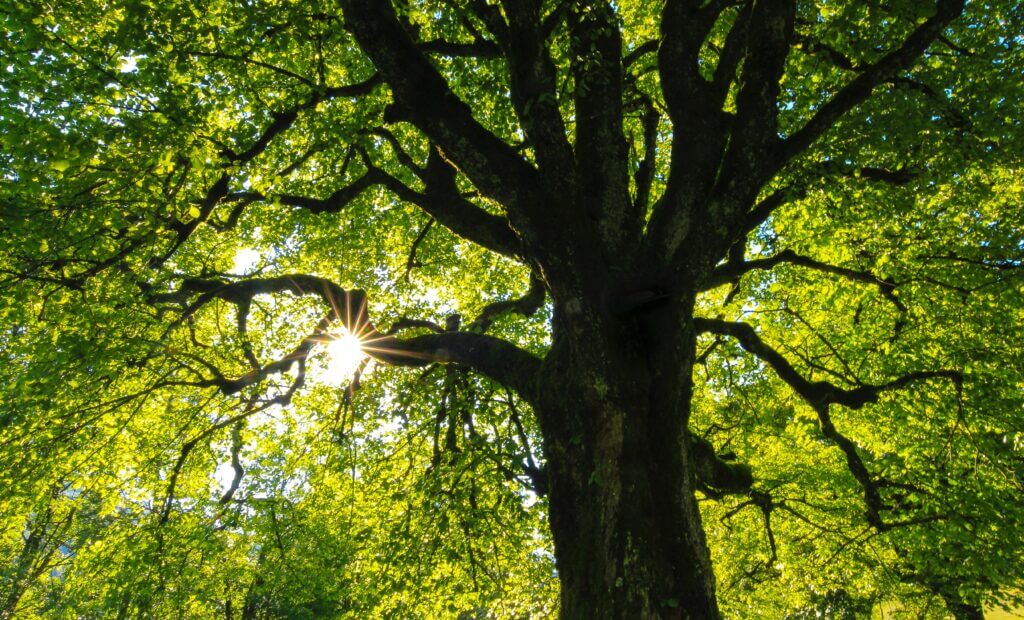
There’s no out-of-the box cost for tree trimming services because no two trees have the same shape or pruning requirements. The cost of tree trimming can vary widely depending on several factors. On average, homeowners can expect to pay between $200 to $800 per tree. However, the price can range from as low as $75 for small trees to over $2,000 for large, mature trees requiring extensive work.
Cost Breakdown
- Small Trees (up to 30 feet): $75 – $300
- Medium Trees (30-60 feet): $300 – $700
- Large Trees (60-100 feet): $700 – $2,000+
Homeowners may be tempted to tackle the job themselves, and it might be okay to thin or remove branches that can be reached from ground level. However, if the job requires an arborist to reach upper branches that brush the sky, it’s probably best to leave the ladder in the garage and pick up the cell phone instead. Tree trimming can be exceptionally hazardous work, especially when extreme heights are involved.
Factors That Influence Tree Trimming Costs
Several factors can affect the cost of tree trimming services:
- Tree Size and Height: Larger, taller trees require more time, effort, and specialized equipment, which can increase costs.
- Tree Location and Accessibility: Trees located near power lines, buildings, or in hard-to-reach areas may require additional safety measures and increase labor costs.
- Condition of the Tree: Diseased, damaged, or dead trees can be more hazardous to trim and may require extra precautions and specialized care.
- Type of Trimming Required: Different trimming techniques, such as crown thinning, crown raising, or deadwood removal, have varying costs based on their complexity.
- Time of Year: Trimming during off-peak seasons, like late fall or winter, may reduce costs as demand for tree services is generally lower.
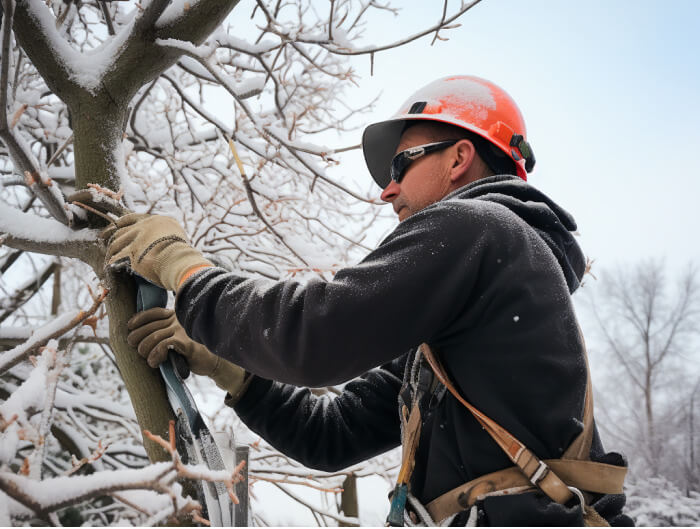
Benefits of Professional Tree Trimming
Regular tree trimming by a professional arborist offers several advantages:
- Promotes Tree Health: Removing dead or diseased branches encourages healthy growth and prevents the spread of disease.
- Enhances Safety: Trimming reduces the risk of falling branches that could damage property or cause injury, especially during storms or high winds.
- Improves Aesthetic Appeal: Professional trimming helps maintain the natural shape and beauty of your trees, boosting curb appeal and property value.
- Prevents Structural Damage: Pruning branches away from roofs, power lines, and other structures prevents costly repairs and ensures safety compliance.
DIY vs. Professional Tree Trimming: What’s the Right Choice?
While DIY tree trimming can save money, it may not always be the best option, especially for large or hazardous trees. Here’s what to consider:
- Skill and Safety Concerns: Professional arborists have the experience and tools needed to safely trim trees, especially those that are large, tall, or close to power lines.
- Cost of Equipment: Renting or purchasing the necessary equipment (like chainsaws, ladders, and safety gear) can add up quickly, potentially outweighing the cost of hiring a professional.
- Potential for Damage: Improper trimming can damage the tree or surrounding property, leading to higher costs in the long run. Professionals ensure precise cuts that promote healthy growth.
How to Save on Tree Trimming Costs
Looking to reduce your tree trimming expenses? Here are a few tips:
- Get Multiple Quotes: Request quotes from at least three different tree service providers to compare prices and services.
- Schedule During Off-Peak Seasons: Consider scheduling your tree trimming in the late fall or winter when demand is lower, and rates are often more competitive.
- Bundle Services: Some companies offer discounts if you bundle multiple services, such as tree trimming and removal.
- Regular Maintenance: Keep up with regular tree maintenance to prevent costly, extensive trimming in the future.
Choosing the Right Tree Trimming Service
Selecting a reputable tree trimming service is crucial for quality work and safety. Look for:
- Certification and Insurance: Ensure the company is certified by a recognized arborist organization (like the International Society of Arboriculture) and carries liability and workers’ compensation insurance.
- References and Reviews: Ask for references from past customers or check online reviews to gauge the company’s reputation.
- Detailed Quotes: A good provider should offer a detailed, written estimate that includes all costs, from labor to equipment and disposal fees.
Wrapping Up on Tree Trimming Expenses
Understanding tree trimming costs is crucial, particularly after rapid growth due to unexpected weather events. No matter where you live, planning your budget ahead of time ensures your trees receive proper care and maintenance. Remember, investing in professional tree services not only enhances your landscape’s beauty but also protects the safety and health of your trees.
